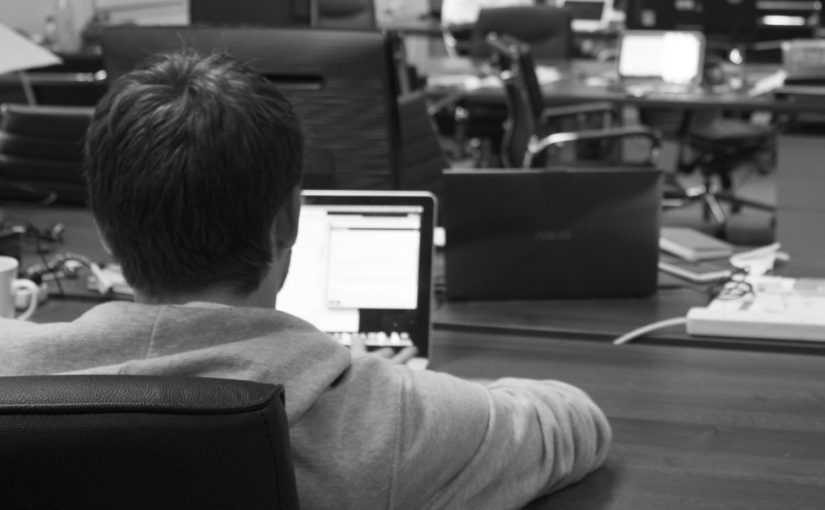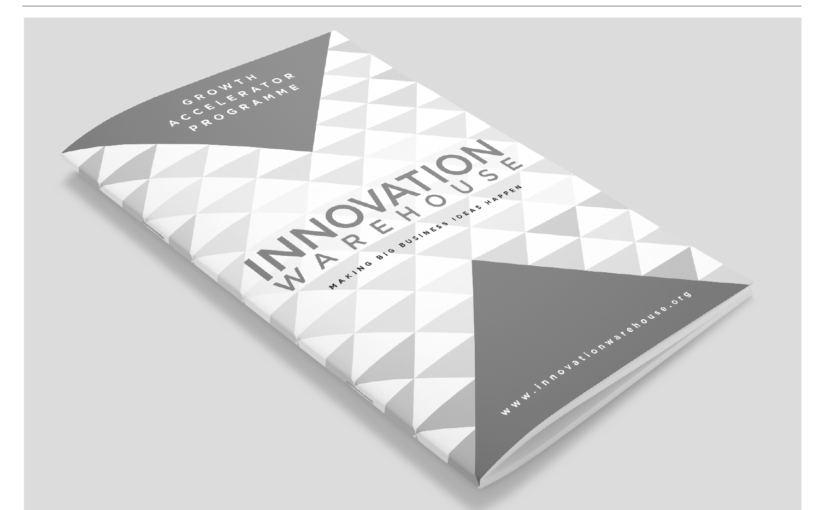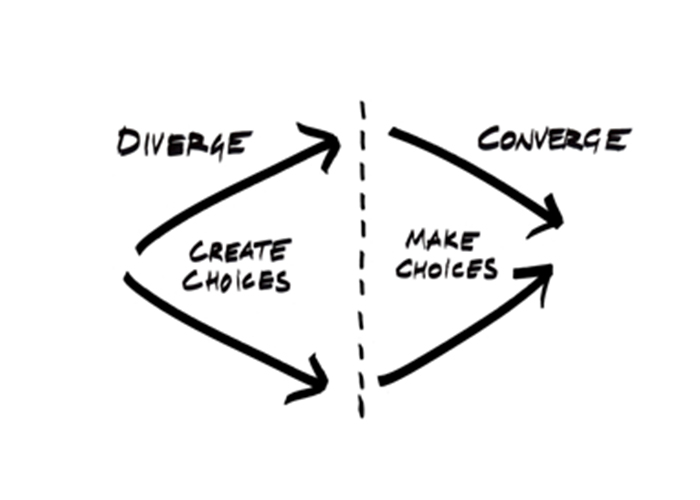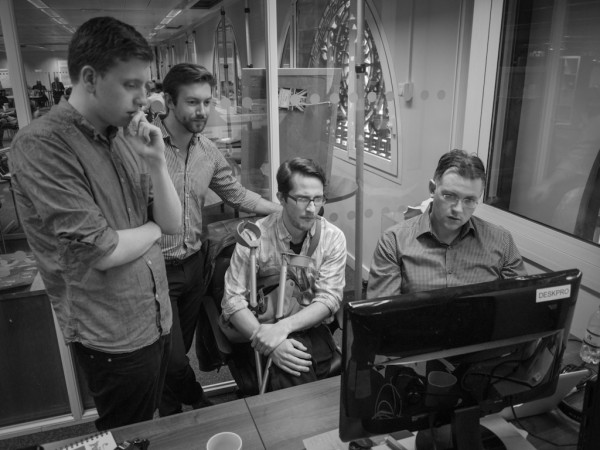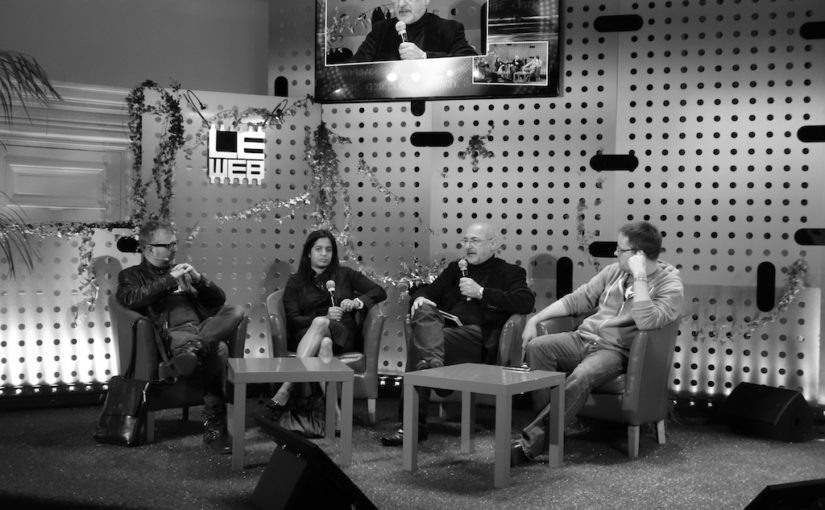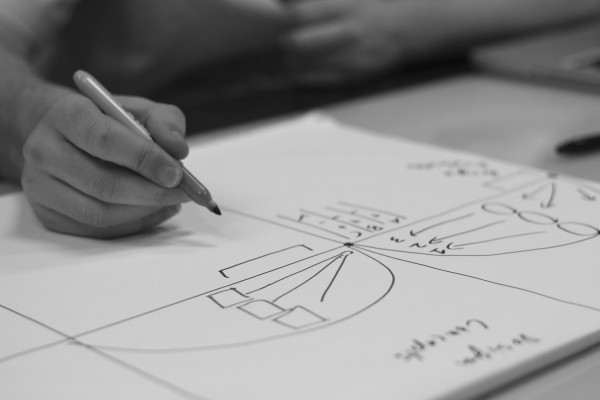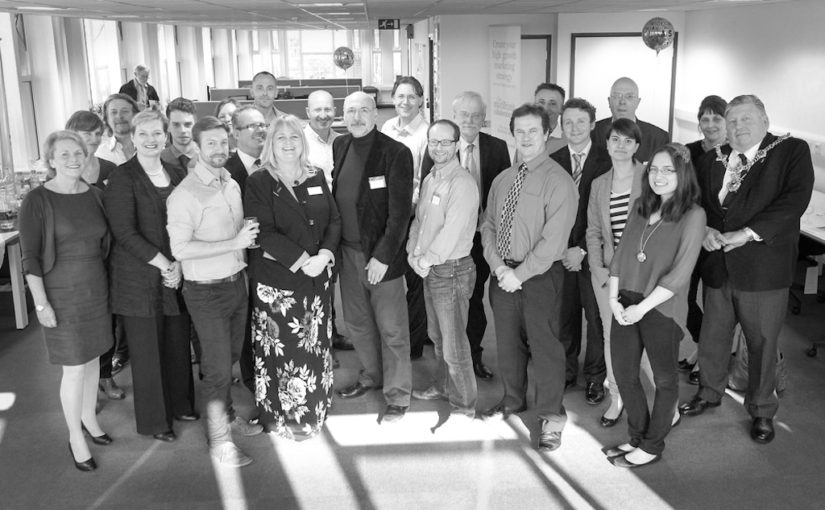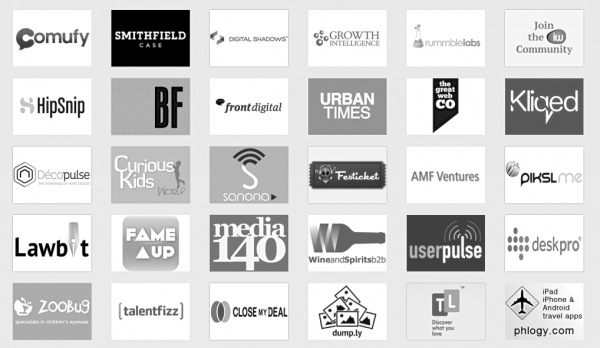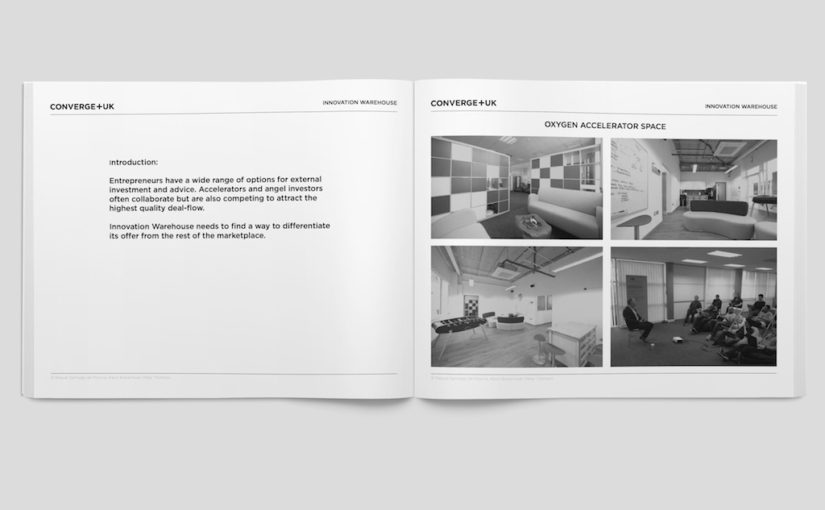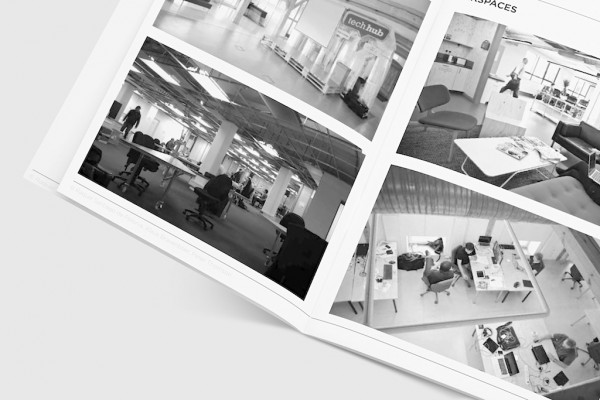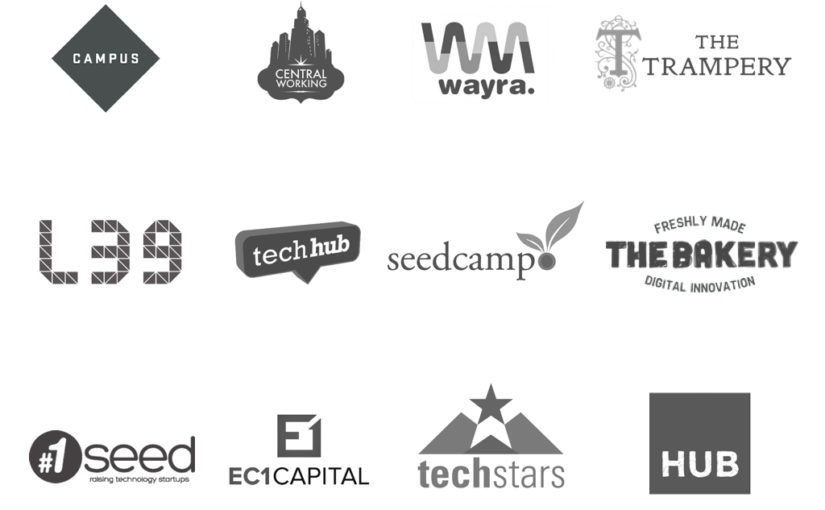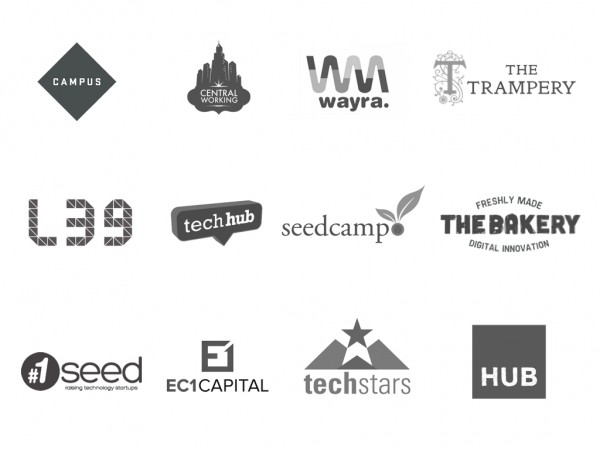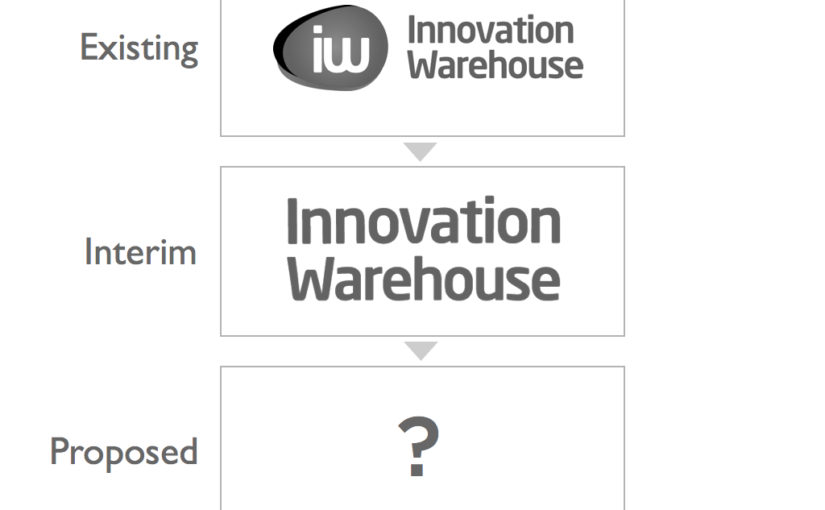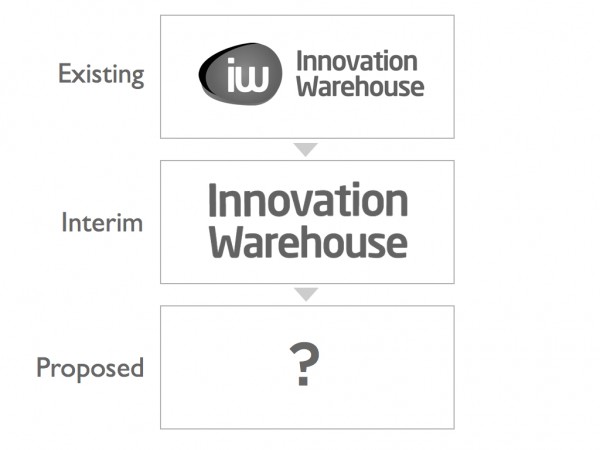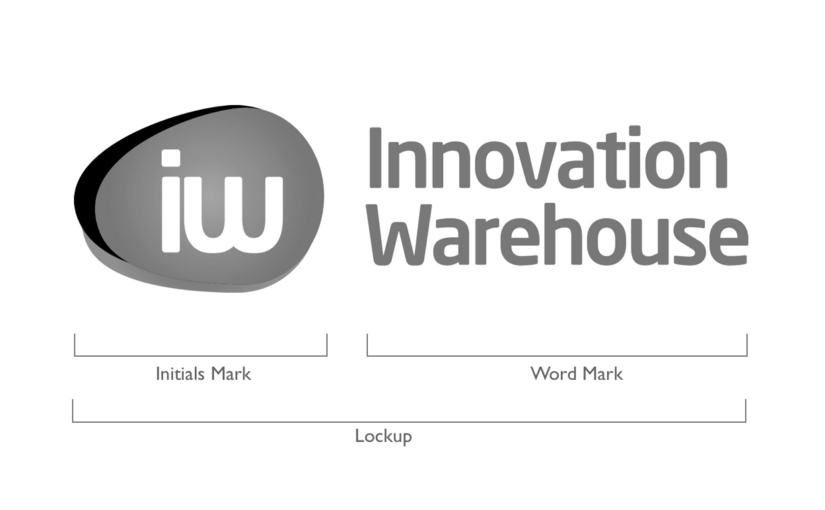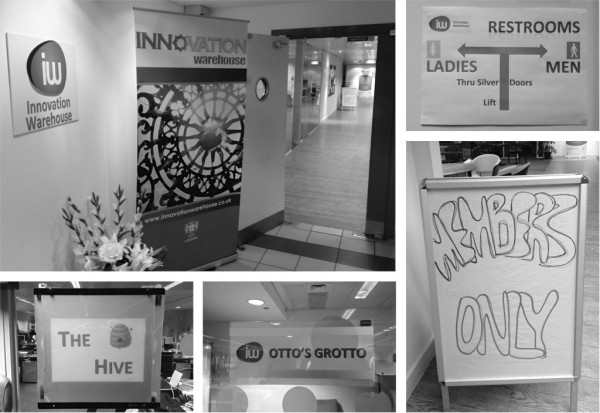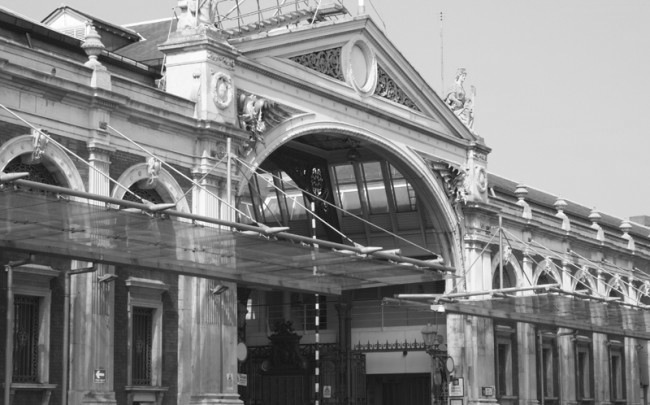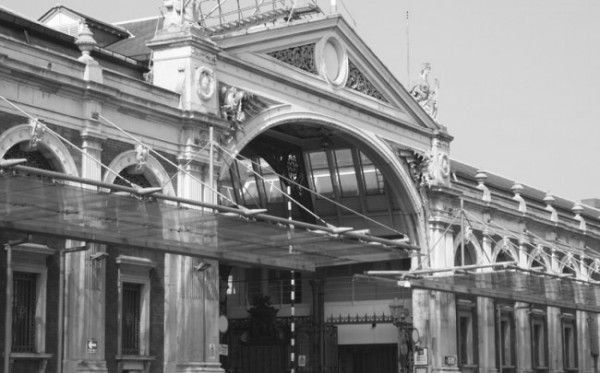Customer personas and archetypes are usually vapid and prosaic lists of generic attributes. “What car does your ideal customer drive?” is a hackneyed favourite of marketing consultants everywhere. I prefer to work with a “customer narrative” that forces me (and the client) to really think from the customer’s perspective. We can’t have meaningful empathy for an anonymous customer persona. But we can feel the pain of the lead character in a well-told customer story.
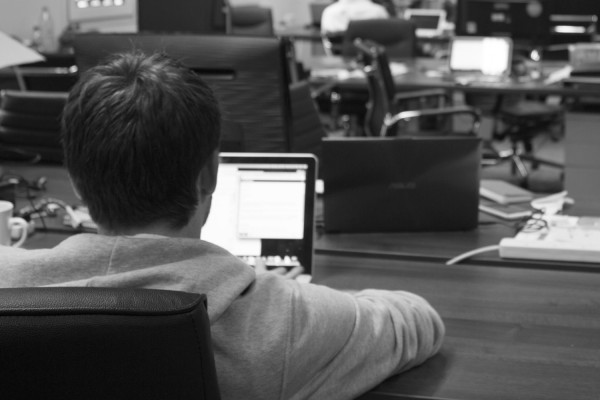
An end-user narrative is a semi-fictional story of an idealised customer. The point of the story is to create a shared understanding across the design team of the audience’s emotions, behaviours and motivations. As in any good story, the moments of tension and friction are the most interesting.
